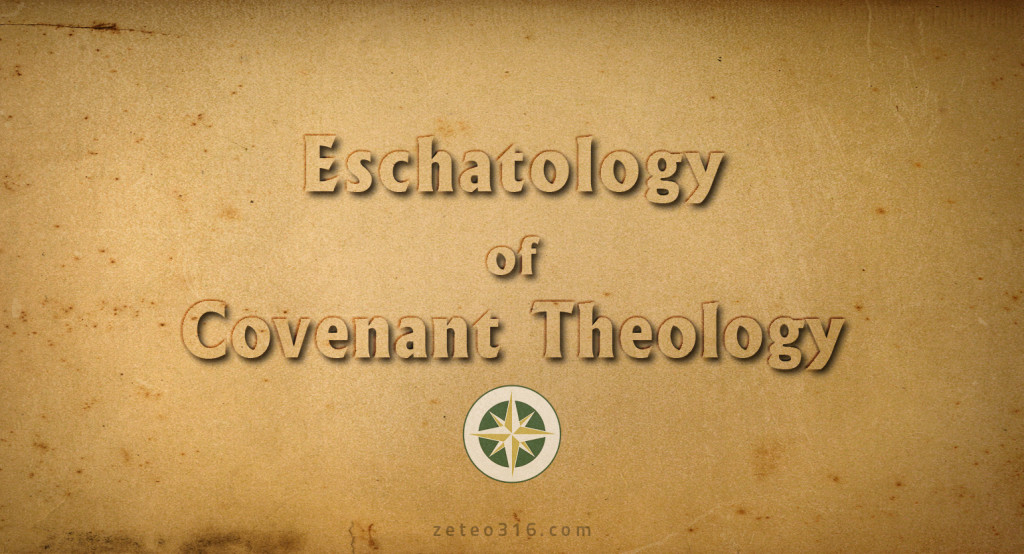
It could be rightly said that the eschatology of Covenant Theology is largely formed by its Covenant views: the “Covenant of Redemption,” the “Covenant of Works” and the “Covenant of Grace.” These covenant views impact how Covenant Theologians understand ideas like eschatology and the relationship between the church and Israel.
We’ve mentioned in a previous article that one of the differences between Historic Premillennialists and Dispensationalists is that many of the former hold to Covenant Theology. A prime example would be George Ladd who spoke of a future salvation of national Israel, while at the same time teaching that the church was the “New Spiritual Israel.” His view of the covenants forced him to re-interpret selected OT texts.
I first came across the article The Eschatology of Covenant Theology in 2006 in the September edition of the Journal of Dispensational Theology. Unfortunately, it was way over my head at the time because I’d only begun to read my Bible. One can read the article in full HERE.
The author, Dr Paul Henebury, has also made a condensed version available on his blog. It is well worth the read.
Covenant Theology was outlined by some of the Reformers (e.g. Bullinger, Calvin, and, especially, Olevianus), but it received full systematization in England in the 17th Century in the Westminster Confession, in the writings of Robert Rollock, William Ames, and John Ball, and in Holland under Johannes Coccieus and Herman Witsius. It is an attempt to find a unifying principle between the Old and New Testaments. And, inasmuch as it is perceived to have succeeded, it gains a great authority in the minds of its adherents. Covenant theologians find two (sometimes three) Covenants which, they believe, govern all of God’s dealings with men. The first of these (in logical order) is the “Covenant of Redemption” – the agreement reached in eternity between the first two Persons of the Trinity to provide salvation for sinners. This covenant is the optional third in the system. The second is the so-called “Covenant of Works” which teaches that God entered into covenanted relations with Adam in the Garden of Eden. The third (and the most important to the system) is the “Covenant of Grace”. This is basically the covenant which God made with fallen man after Adam’s sin. Palmer Robertson defines it as “the relationship of God to his people subsequent to man’s fall into sin. Since man became incapable of works suitable for meriting salvation, this period has been understood as being controlled primarily by the grace of God.” It dictates all of God’s dealings with men – the elect (directly), and the non-elect (indirectly) alike. In a classic article, DTS Professor C. Fred Lincoln wrote:
“This covenant, it is declared, governs, qualifies, and limits all of God’s dealings with mankind from the Fall to the end of time. Their conception of the dispensations is that they are merely different “modes of administering” the Covenant of Grace. Therefore, in spite of the multitude of texts which place the “old covenant” of the law of Moses in direct contrast with the “new covenant” of grace in Christ, showing that the one was a failure and the other superseded it (comp. Jer 31:31–34; Heb 8:7–12, etc), in order to maintain the unbroken continuity of the Covenant of Grace, they are forced to the unscriptural and untenable position of saying that the law of Moses was a part of the grace covenant. Having refused to recognize the vital difference between man under the law and man under grace, which difference is so extensively set forth in Scripture, the covenant teachers naturally reject the thought of man being for the purpose of testing his submission to the will of God, under any responsibility distinct from grace in the centuries before Sinai.”…keep reading
